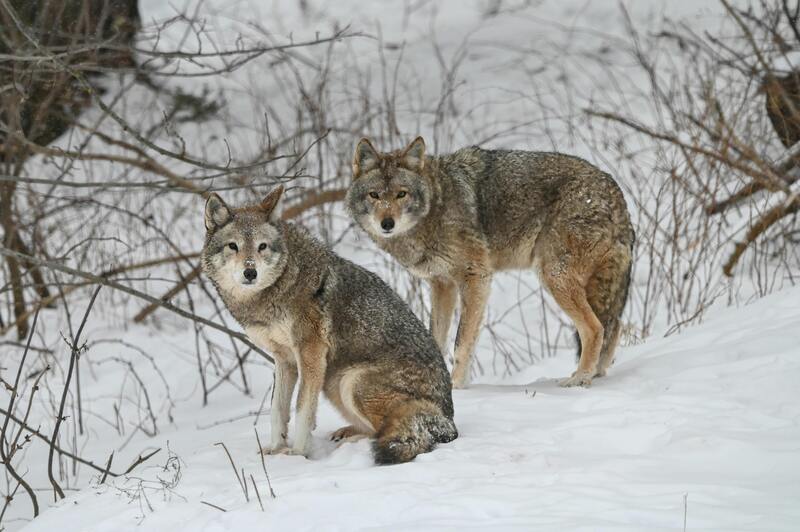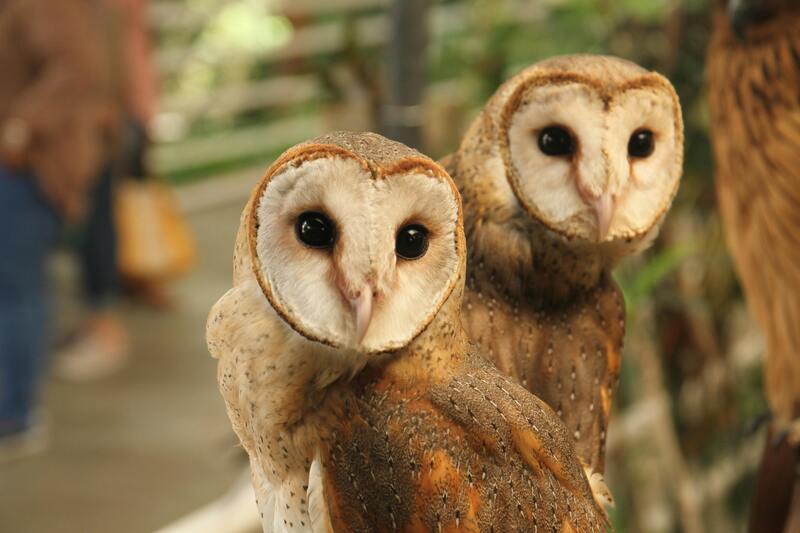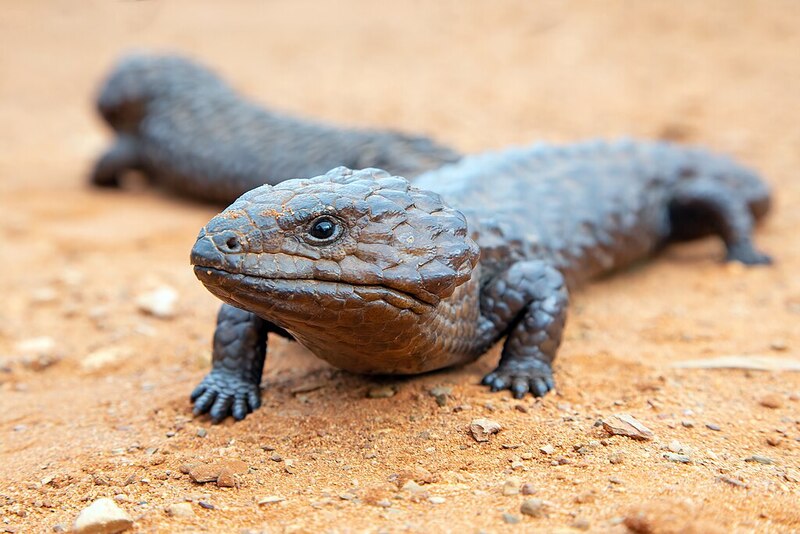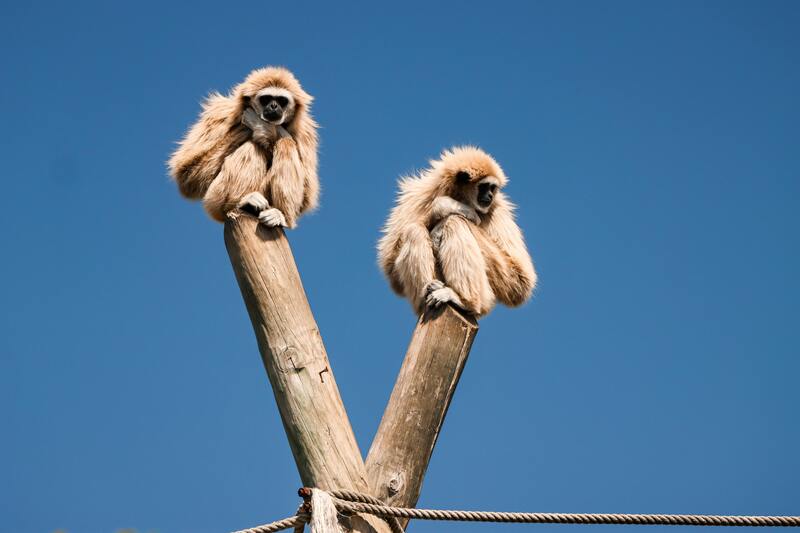AMERICAN WEDDINGS BLOG
Stay up to date with the latest wedding ceremony trends, script writing inspiration, tips and advice for first-time officiants, and news that matters to couples and wedding ministers.
Stay up to date with the latest wedding ceremony trends, script writing inspiration, tips and advice for first-time officiants, and news that matters to couples and wedding ministers.
Published Friday, Mar. 7th, 2025
Last updated Tuesday, Mar. 25th, 2025

Listen here:
If we could sit down with a pair of bonded penguins and ask them what keeps their romance alive, what do you think they’d say? What about two wolves, or two barn owls, or any of the other animals who mate for life?
They might have some pretty good marriage advice for us! After all, nearly 90% of Galapagos penguins stay together – compared with about 60% of first marriages in the US (😬).
Of course, there’s nothing wrong with taking a few tries to get it right, and lasting monogamy isn’t the only (or even the best) measure of relationship success.
Still, you have to wonder how those penguin pairs – and wolves, and barn owls – are making it work…
What are they doing to keep the spark alive? What’s their secret to a lasting marriage?
Let’s ask them!

Group date in the Galapagos. (Photo by Karen Longwell / Pexels)
Not all species of penguins mate for life, but an average 72% penguin pairs do stay together – including nearly 90% of Galapagos penguins. How do they do it?
Bonded penguins thrive on cooperation and mutual care, cozying up for company and warmth. They share childcare responsibilities, and take turns warming their eggs and tending to their chicks. They also spend significant amounts of time apart during the year, pursuing different goals and interests.
The lesson here? Marriages work best when you work together, split your responsibilities equitably, enjoy the time you spend together, and remember to cultivate your own hobbies and friendships outside of the relationship.
Related: Weddings For Pets Are Gaining Popularity

Talk about a power couple! (Photo by Anne-Marie Gionet-Lavoie / Pexels)
Gray wolves often bond for life, staying together long after their offspring are raised and having litters of their own. How do they do it?
In wolf packs, these bonded alpha pairs dedicate their lives to raising their children and defending their territory – they’re what you might call a power couple. Social status is very important, and even necessary, to their survival, and they aren’t about to jeopardize what they have with meaningless dalliances.
The lesson here? The strongest marriages are built on shared values and life goals. Whether you’re in it for money or love – as long as you’re on the same page and honest about what you want, you’ve got a pretty good chance of making it work.

(Photo by Widarto Suratman / Pexels)
Barn owls only live for a few years, but they savor every moment. Most barn owls never leave their hometown, preferring to nest somewhere familiar, and form closely bonded pairs that last for life. How do they make these ‘marriages’ work?
Male barn owls go to extraordinary lengths to impress and keep their mates! They spend extra time hunting, and present their partners with an endless supply of food, delivering the day’s catch on the doorstep (so to speak).
The lesson here is clear – the secret to a lasting marriage is having plenty of snacks. Oh, and making sure your partner feels valued, cared for, and appreciated. (But mostly snacks.)
Related: Wings of Love: Whimsical Bird Themed Wedding Ideas

Despite their standoffish appearance, these Australian lizards love to cuddle. (Photo: JJ Harrison, CC BY-SA 3.0, via Wikimedia Commons)
Shingleback lizards, also known as Australian Sleepy Lizards, are monogamous and mate for life. That’s nearly 15 years of partnership on average, and sometimes more. How do they do it?
Despite their standoffish appearance, shingleback lizards are extremely affectionate and attentive. Male shinglebacks show love by covering their partners in ‘kisses’ from snout to tail, and bonded pairs spend several months together before they breed, just hanging out and enjoying each other’s company. They also spend significant time apart during the year, traveling separately during the winter and meeting up again in the spring to reconnect.
The lesson here? Being open, affectionate, and vulnerable with your partner can lead to a lasting, happy marriage. Take your time getting to know each other, spend time apart to cultivate your own hobbies and interests, and shower each other with kisses from snout to tail.

(Photo by Efrem Efre / Pexels)
Gibbons are one of the few primate species that form close, lifelong pair bonds. These socially monogamous pairs raise children together, living as a tight-knit family unit until their children leave home as adults. With lifespans of nearly 40 years, this is an extraordinary accomplishment. How do they make these decades-long ‘marriages’ last?
Gibbons share in many domestic tasks and simple joys – grooming each other, guarding their territory, and dividing childcare responsibilities. They play together, share meals, and even sing together! In fact, bonded gibbon pairs have their own song; they combine their individual mating cries into a single melodic chorus, which they sing together each day as a duet.
We can all see the valuable lessons here! A lasting marriage takes shared responsibility, a sense of community, a playful approach to life, and taking time to harmonize. So put on your favorite track and start singing!
Related: Singing Your Wedding Vows - How to Add Music to the Heart of Your Ceremony
Love it? Pin it!
Become a Wedding Officiant with Our Free Online Ordination!